Before the propellants are loaded, all but the KS propellant must be dampened with a small but exact amount of solvent. The best tool for measuring and dispensing the solvent is a disposable veterinary syringe. (Figure 3-16 ). To find these syringes, look in The Yellow Pages under VETERINARY SUPPLIES.
Vet-supply dealers sell everything from animal medicines to special feeds and tack. They normally sell disposable syringes in sizes from 3cc. to 60cc. and you can buy them singly, or in large boxes. They are made of materials that are impervious to acetone, so they’re ideal for this application. But before you can use a syringe, you must take the following precaution.
WARNING! DISPOSABLE SYRINGES HAVE VERY SHARP NEEDLES THAT MUST BE DULLED BEFORE THEY CAN SAFELY BE USED IN A WORKSHOP ENVIRONMENT.
You can do this with a file or a piece of sandpaper. Figure 3-17 illustrates the situation. The needle on the left appears as originally purchased, and you can see the sharp and dangerous point. The one on the right has been flattened by rubbing it on a piece of sandpaper. It is now reasonably safe, and ready to use. The syringes that I buy are made by Monoject. a division of Sherwood Medical in St. Louis. MO. Some come with needles, and others require that you buy the needles separately.
How to use a Syringe
To get an accurate measurement from a syringe you have to fill it properly, and here’s how to do it. Dip the tip of the needle into the liquid (Figure 3-18). and draw in more liquid than you need by pulling back on the plunger.
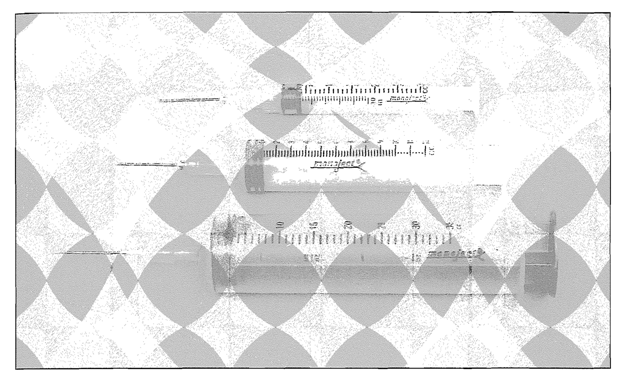
Figure 3-16. Disposable syringes are used to accurately measure small amounts of acetone or alcohol. You can buy them from a veterinary supply dealer. The sizes you need will depend upon the size of the motors you are building.
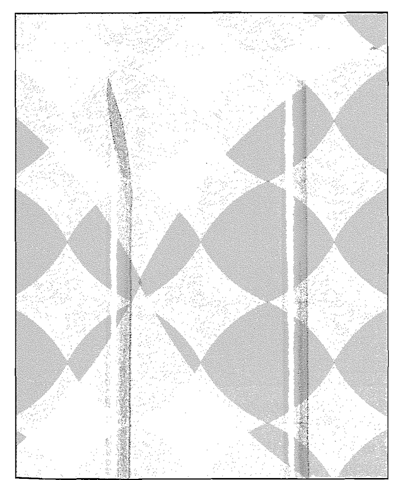
Figure 3-17. To make a syringe’s sharp pointed needle safe, it must be dulled with sandpaper or a file. The one on the left is brand new. and you can see the potential hazard. The one on the right has been sanded as described, and is now safe to use.
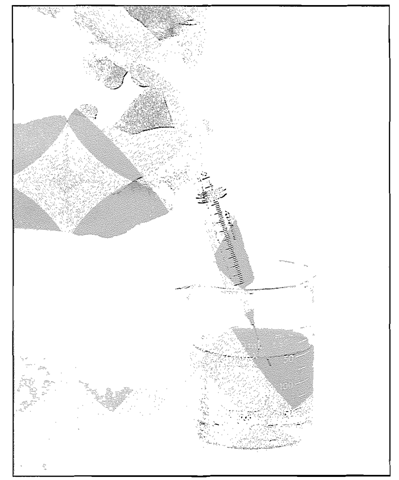
Figure 3-18. To fill a syringe, hold the tip of the needle under the surface of the liquid, and draw in more than you need by pulling back on the plunger.

Figure 3-19. After filling the syringe, hold it upright, and rap on the side with your fingernail to loosen any-trapped air. Then force the air out by pushing up on the plunger until nothing but liquid comes out.
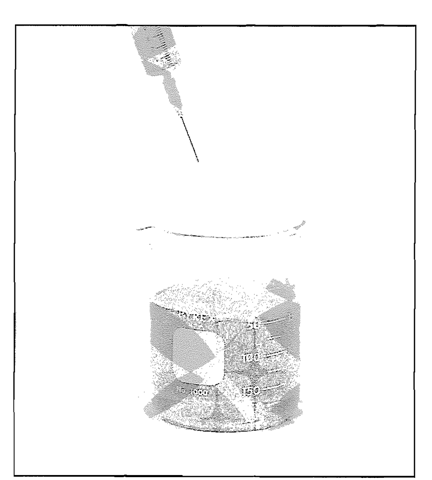
Figure 3-20. Then hold the syringe over the solution container, and force out any excess liquid over and above the amount that you need.
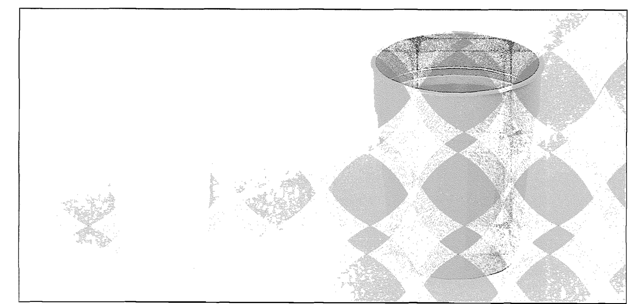
Figure 3-21. Polyethylene cups are useful, because they are flexible and unaffected by acetone or alcohol.
Then hold the syringe in front of you with the needle pointing up. and rap on the body with your finger nail to loosen any trapped air. With the syringe still in the vertical position, force the air out by pushing upward on the plunger until the liquid begins to flow (Figure 3-19). Then point the syringe down over the solution container, and force out any excess liquid over and above the amount that you need (Figure 3-20).
As of this writing, even when purchased singly, most of the Monoject syringes cost less than a dollar, and you can use each one 50 to 100 times before it wears out. The size you need will depend on the amount of solvent you’ll be measuring, and that will depend on the size of the motors you are building. Some trial and error will be necessary.
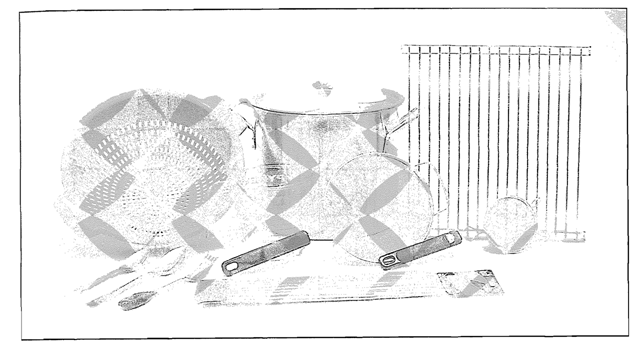
Figure 3-22. A collection of other useful things: all found at a supermarket and a hardware store.
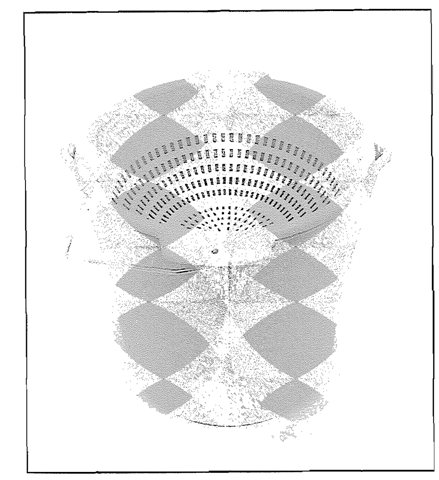
Figure 3-23. A plastic kitchen colander and a bucket are used to separate the finished propellant from the nulling pellets.
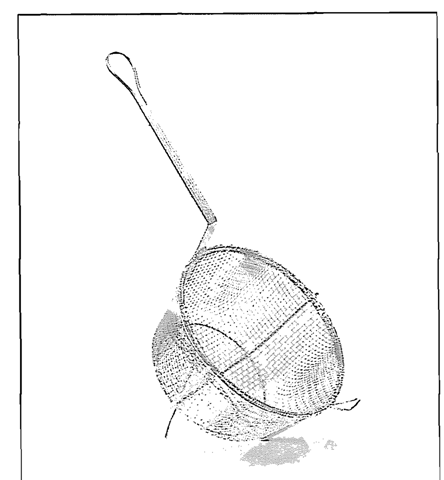
Figure 3-24. A stainless steel french fry basket separates the chemicals much faster than a colander. I bought the one in this photo at Smart & Final Iris.
